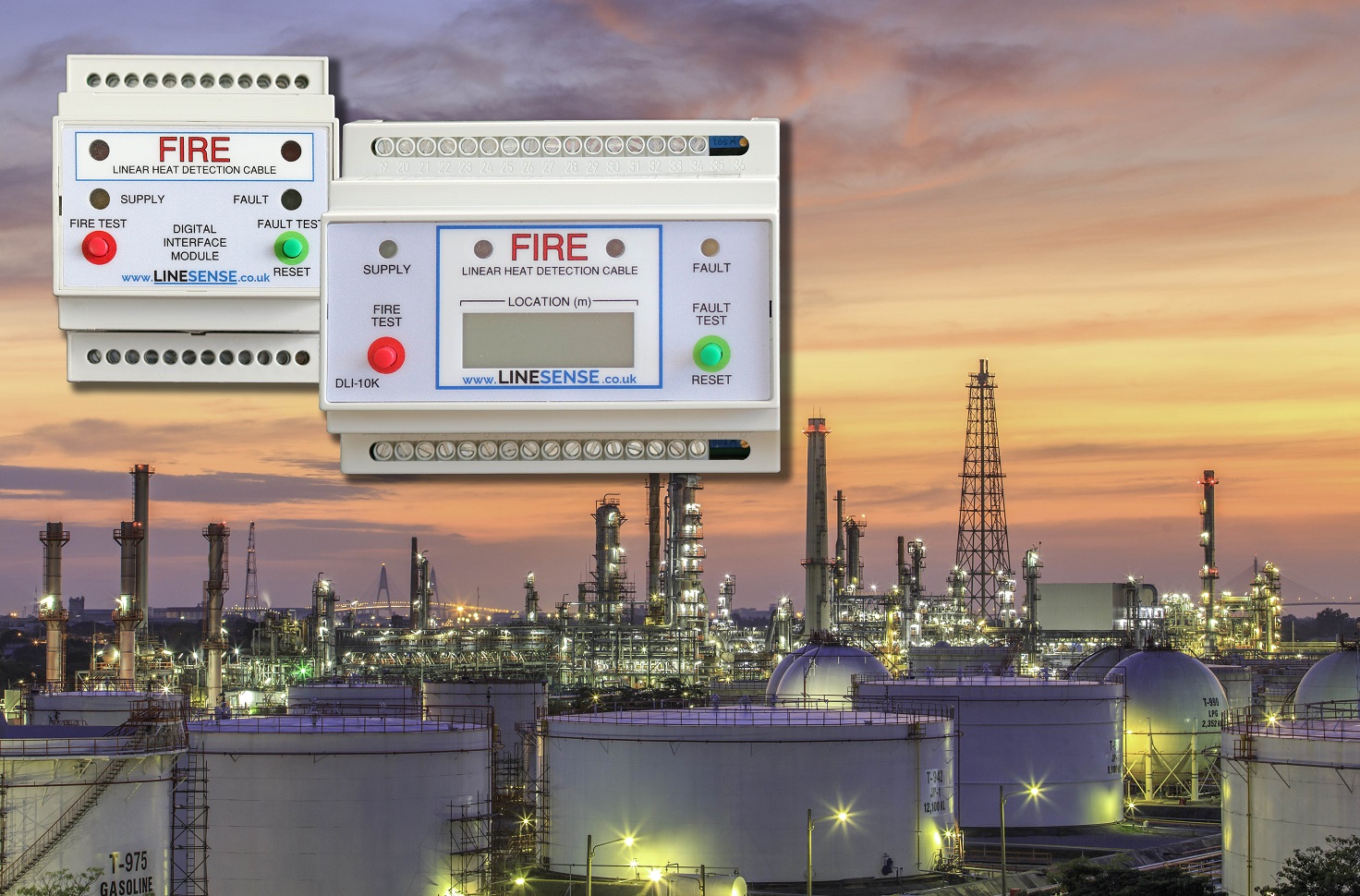Linesense is exhibiting at Intersec 2020, focusing on its range of FM approved linear heat detection (LHD) cables, alongside the Linesense DLI-2K digital location interface and DIM digital interface modules. These interface units monitor the cable along its entire length and are certified to SIL-2 (Safety Integrity Level), making them a cost-effective method of providing reliable fire detection in high-risk hazardous situations.

The cables provide early warning of overheating, with a range which extends from a temperature activation point of 68°C through to 240°C. This means the technology can be employed in a number of different applications including floating roof storage tanks, cable trays, tunnels and conveyors. A recent growth area for Linesense has been in mass transit applications. LHD is being employed to provide protection in metro projects as well as enabling early detection of bus and coach fires.
Commenting on the company’s decision to attend Intersec, Ian Jacob, Linesense Marketing Manager said, “We are seeing significant growth in our export markets and Intersec provides the opportunity to further strengthen our position in the Middle East, Africa and Indian Linear Heat Detection Capabilities On Show At Intersec Strengthen our position in the Middle East, Africa and Indian subcontinent subcontinent. The petrochemical industry is one in which we have extensive experience, providing effective fire protection for storage tanks with a system that is third party assessed to IEC61508 and certified as SIL-2 capable. It is therefore ideally suited to the particular fire safety challenges posed by highly flammable substances. The need for such protection is clear from a headline statistic which shows that some 480 fire tank incidents were recorded worldwide over a 50 year period.”
“In addition to the petrochemical industry, Linesense see real opportunities for its LHD in helping to protect the developing infrastructure of the region,” Jacob continued, “The construction of power stations to meet growing energy requirements requires miles and miles of electrical cables, with the need to protect them from the threat of fire. Part of the infrastructure growth is also in new roads and highways to improve accessibility and tunnels is another area in which LHD is widely used.”
By operating at fixed alarm temperatures, the LHD cables are unaffected by changes in ambient temperature and can be supplied in bulk quantities or cut to specific requirements from 100 metre to 1,000 metre lengths.
